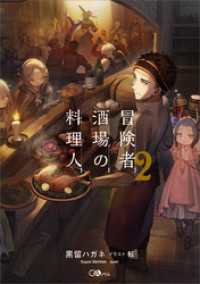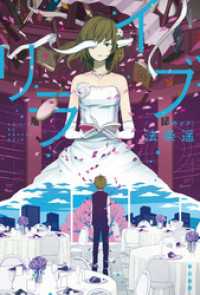Full Description
Though the Drigung Kagyu was one of the most prominent and powerful schools of Tibetan Buddhism during its early period (12th - 14th century), its art is still relatively poorly known, even among Tibetans. With its mother monastery destroyed twice, once in the late 13th century and again during the Great Cultural Revolution, much of the art was lost or dispersed. The iconography of the Drigung School is examined with regard to its three main periods - early, middle, and late - in combination with the distinctive influences of the Sharri, Khyenri, and Driri styles. The book aims elucidate to the painting traditions of the Drigung Kagyu School and investigate lineage depictions and methods of dating, while referring to previously overlooked Tibetan sources, both ancient and modern. The publication and related exhibition also explores the beneficial quality ascribed to the works of art and the elements they contain.
Contents
Director's Statement
Foreword
Preface
Introduction: The Drigung Kagyu
Maps
1. Drigung Thel's Branches and Main Surviving Mural Sites
2. Early Research on Drigung Kagyu Art
3. Recent Research on Drigung Kagyu Painting
4. Written Sources
5. Early Drigung Kagyu Painting
6. Paintings from the Middle Period of Drigung Kagyu Art
7. Full-color Paintings of Peaceful Dieties in the Drigung Style
8. Paintings of Semiwrathful and Wrathful Deities in the Drigung Style
9. Recent Mural Sites in Lamayuru and Phyang
10. Three Artists in Drigung Thel Monasteries of Ladakh in the Twentieth Century
11. Beneficial to See: Early Drigung Painting / Christian Luczanits
12. The Elusive Lady to Nanam: An Introduction to the Protectress Achi Chokyi Drolma / Kristen Muldowney Roberts
Appendix A. The Main Lineage of Drigung
Appendix B. The Hierarchs of Drigung with Contemporary Head Lamas of Kailash and Ladakh, and Kings of Ladakh
Appendix C. Monasteries of the Drigung Kagyu
Notes
Bibliography
Index
-

- 電子書籍
- 冒険者酒場の料理人2 GAノベル
-

- 電子書籍
- リライブ ハヤカワ文庫JA






